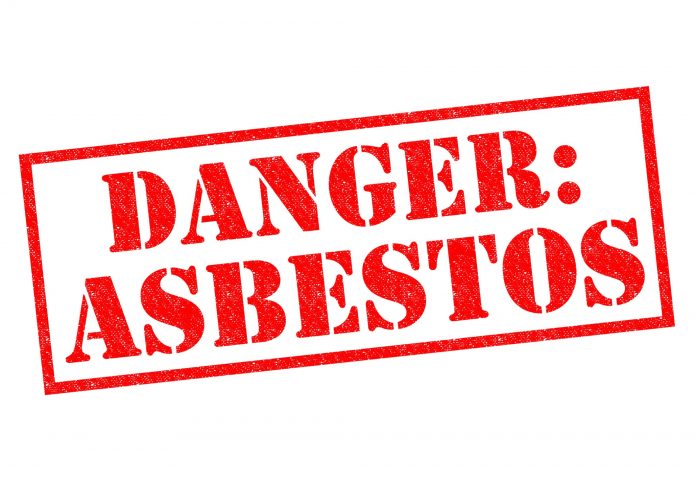A coordinated approach to training and educating those involved with asbestos is crucial. Terry Slater, Director at SMH Training & Scientific Services LTD explains why.
In the 3 months from September 2013, around 500 tradespeople will have died of asbestos related illnesses and this rate is only expected to rise over the coming years, peaking at the end of the decade. In the same period, the HSE prosecuted 10 cases for breaches of the Control of Asbestos Regulations 2006 and asbestos-related failings under the Health and Safety at Work etc. Act 1974, resulting in fines and legal costs totalling well over £280,000.
These breaches cannot be down to a wilful disregard of health and safety legislation – they included building contractors, local authorities, decorating firms and a school – and so we must assume it is down to a lack of understanding of the dangers of asbestos.
Tackling ignorance about asbestos
The HSE’s 2008 asbestos awareness campaign, which dubbed the mineral ‘The Hidden Killer’, did increase public understanding of the threat, but, as the number of prosecutions suggests, exposure to asbestos remains a real risk for tradespeople in Britain today.
In September last year, the British Lung Foundation launched ‘Take 5 and Stay Alive’, a major campaign designed to raise awareness of asbestos. It centres on 5 questions trades people should run through when about to begin work, one of which asks them to decide if they have had the appropriate training to carry out their job safely. However, the responsibility for training goes much further than the front-line worker, and must include those who supervise them, those who commission the work, and, perhaps most importantly, the many training organisations working with building and asbestos contractors.
Training to drive change
Training organisations need to be proactive in developing true partnerships with their customers, supporting them towards ever-safer working practices. To do this, they must look to add value beyond simply delivering training:
Practical, real-life training: Training organisations should work hard to make the learning environment feel as much like the workplace as possible, focusing on teaching theory through practical skills;
Awareness targeted at all levels: Awareness training is the most basic level of asbestos training, but it can still save lives – it should be proactively targeted at all those working in the construction industry, from senior management down;
One size fits one: Trainers should move away from off-the-shelf training towards sector-specific training packages with courses designed to suit the needs of individual businesses and systems of work;
Relevant refreshers: A legal requirement, refresher courses should be designed to avoid skills erosion, particularly with more experienced workers, incorporating bespoke toolbox talks or on-site assessments of real working practices rather than simply repeating the initial training;
Compliance support: Training organisations should act as a bridge between theory and practice, distilling and translating legislative changes or scientific research into what they practically mean for tradespeople.
Asbestos-related diseases currently kill more people than any other single work-related cause, but a coordinated approach to training and educating those involved in the industry can begin to change this.
Source: All data on asbestos-related deaths and prosecutions taken from the HSE website.
Terry Slater
Director
SMH Training & Scientific Services LTD
Tel: 0191 456 6000
www.smhtandss.com

















